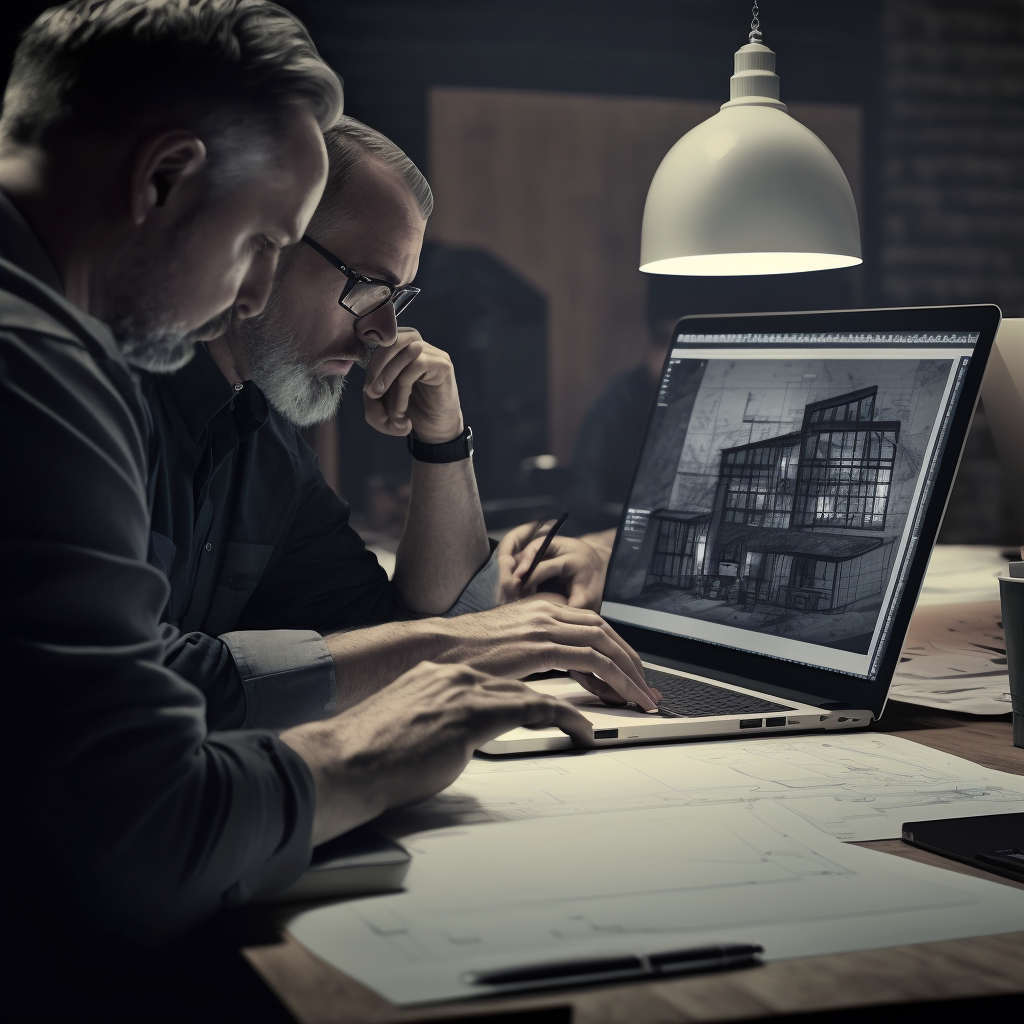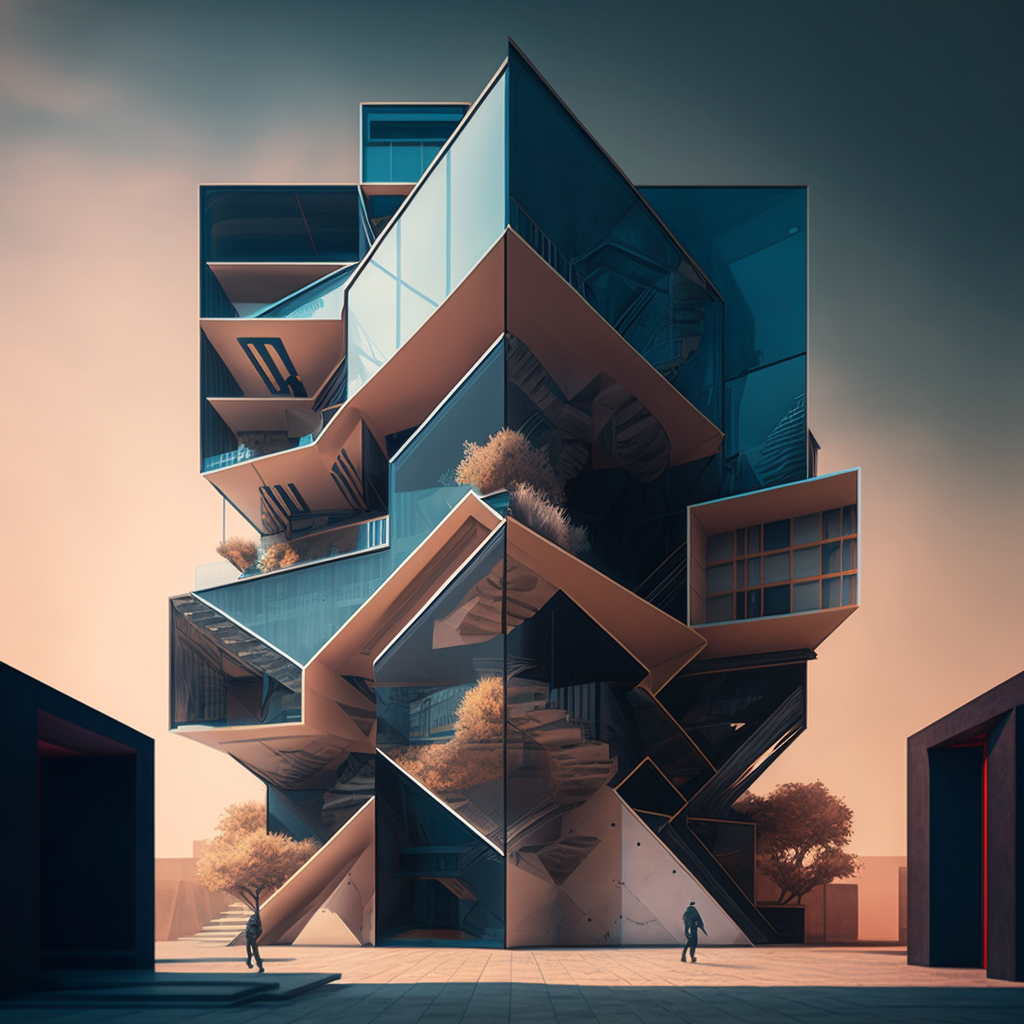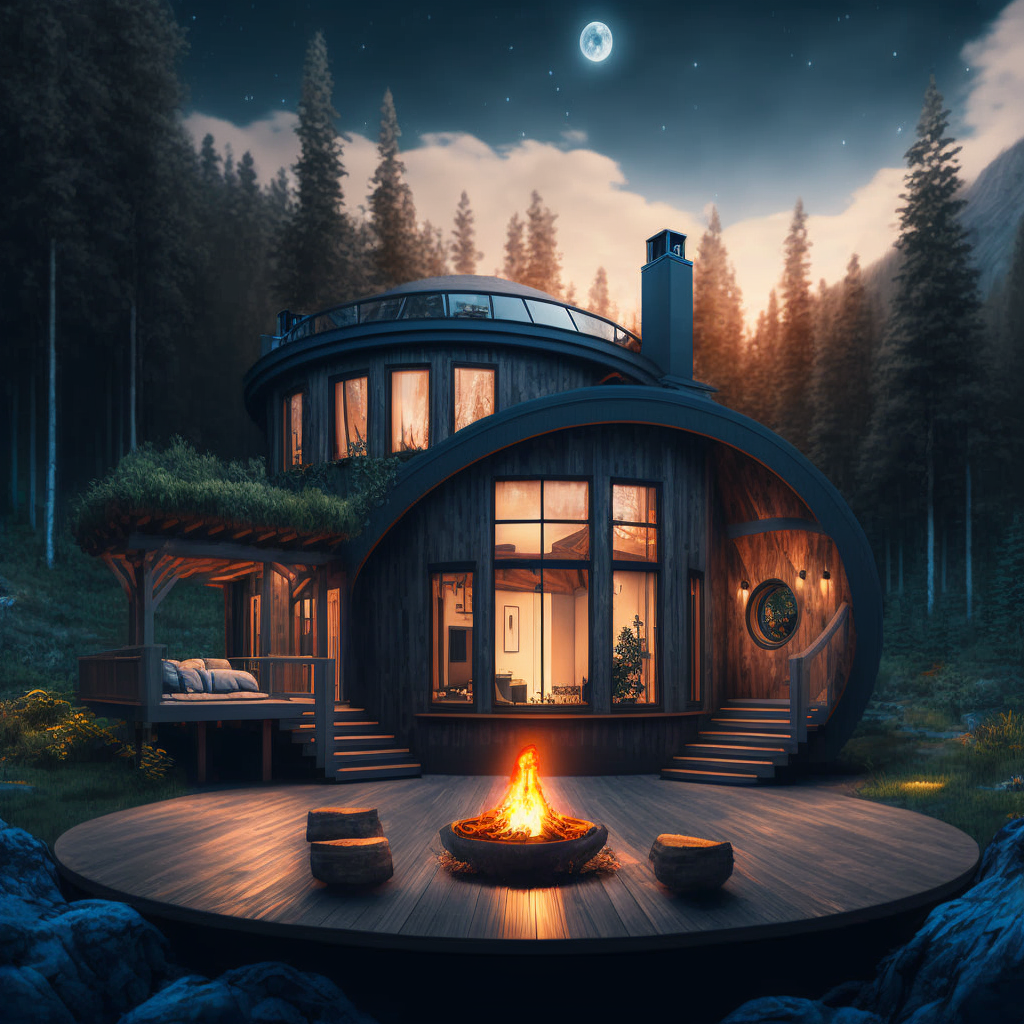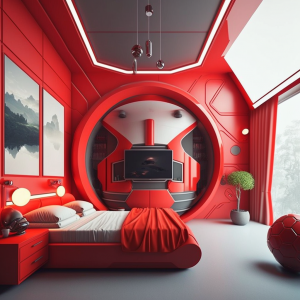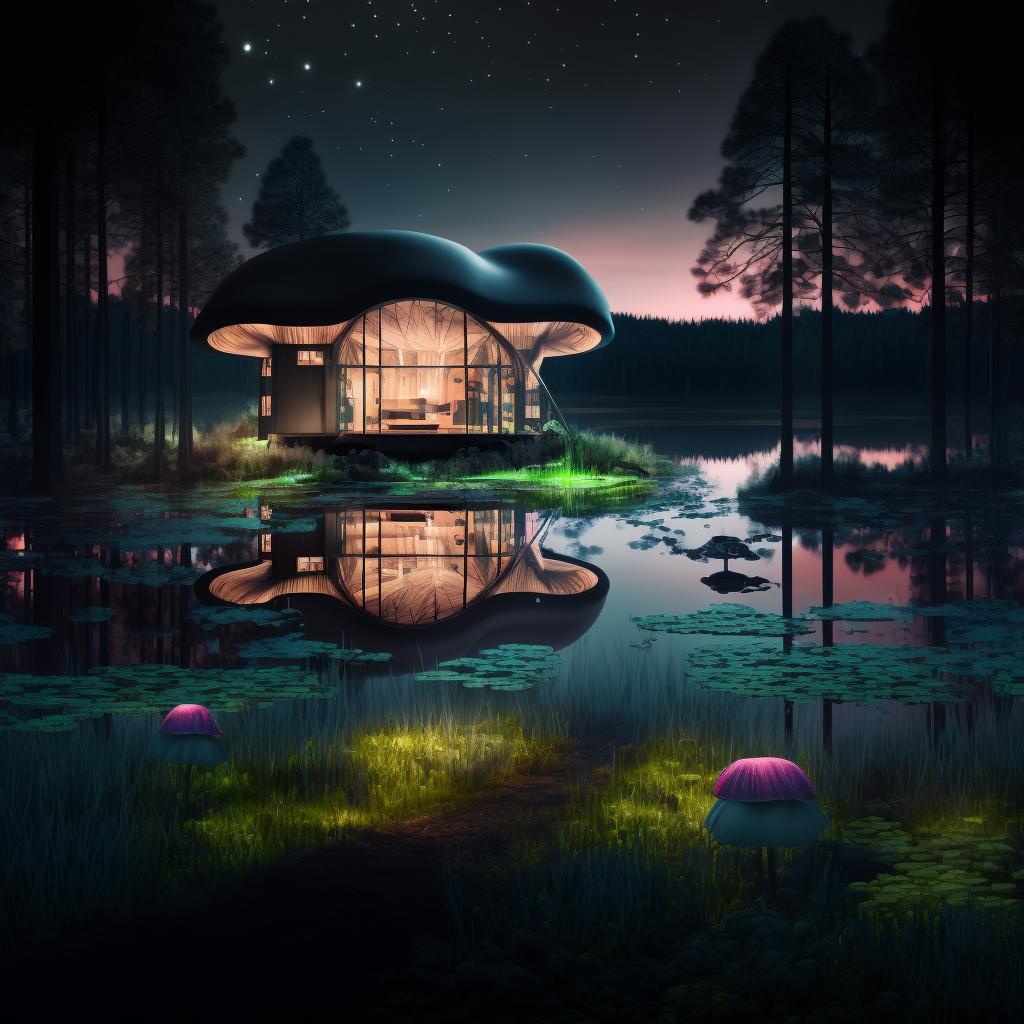
Exploring the Possibilities of Artificial Intelligence in Interior Design, Architecture, and 3D Visualization
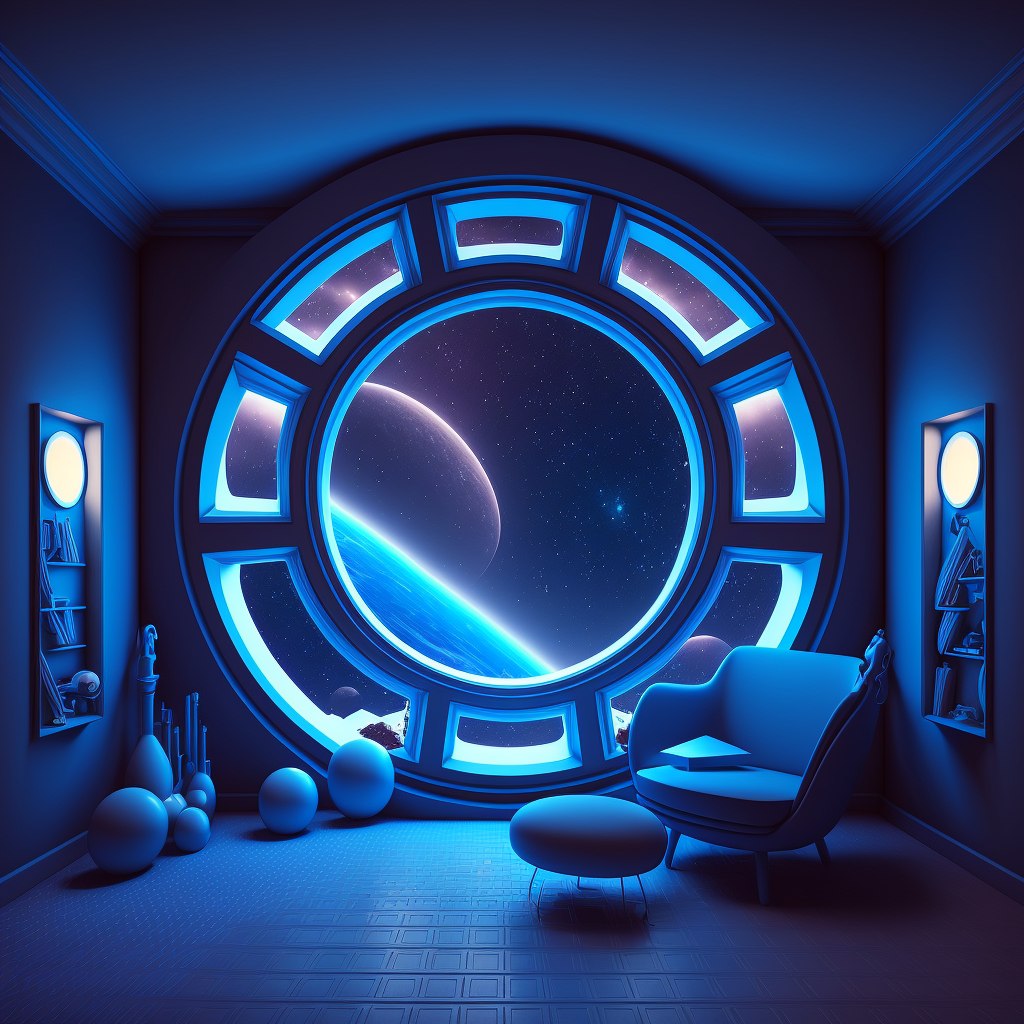
Interior design and architecture is undergoing a radical transformation due to the emergence of artificial intelligence (AI). AI has enabled us to think about building design and construction in ways that were simply not feasible before. From 3D visualization tools to automating tedious tasks, AI can facilitate faster designs with greater accuracy. In this blog post, we will explore how AI is revolutionizing interior design and architecture while examining the potential opportunities it presents for professionals in these fields
Interior image created with AIAI is revolutionizing interior design processes in many ways. New design processes can automatically generate 3D models of rooms to help visualize what a space could look like before it is built, allowing for more efficient decisions about materials and furnishings. AI-powered virtual interiors allow designers to create photorealistic renderings of proposed designs without having to build physical prototypes, saving time and money. Intelligent home design tools use machine learning algorithms to suggest the best furniture layouts or color palettes based on user preferences and room measurements, making it easier than ever before for users to customize their homes with minimal effort.
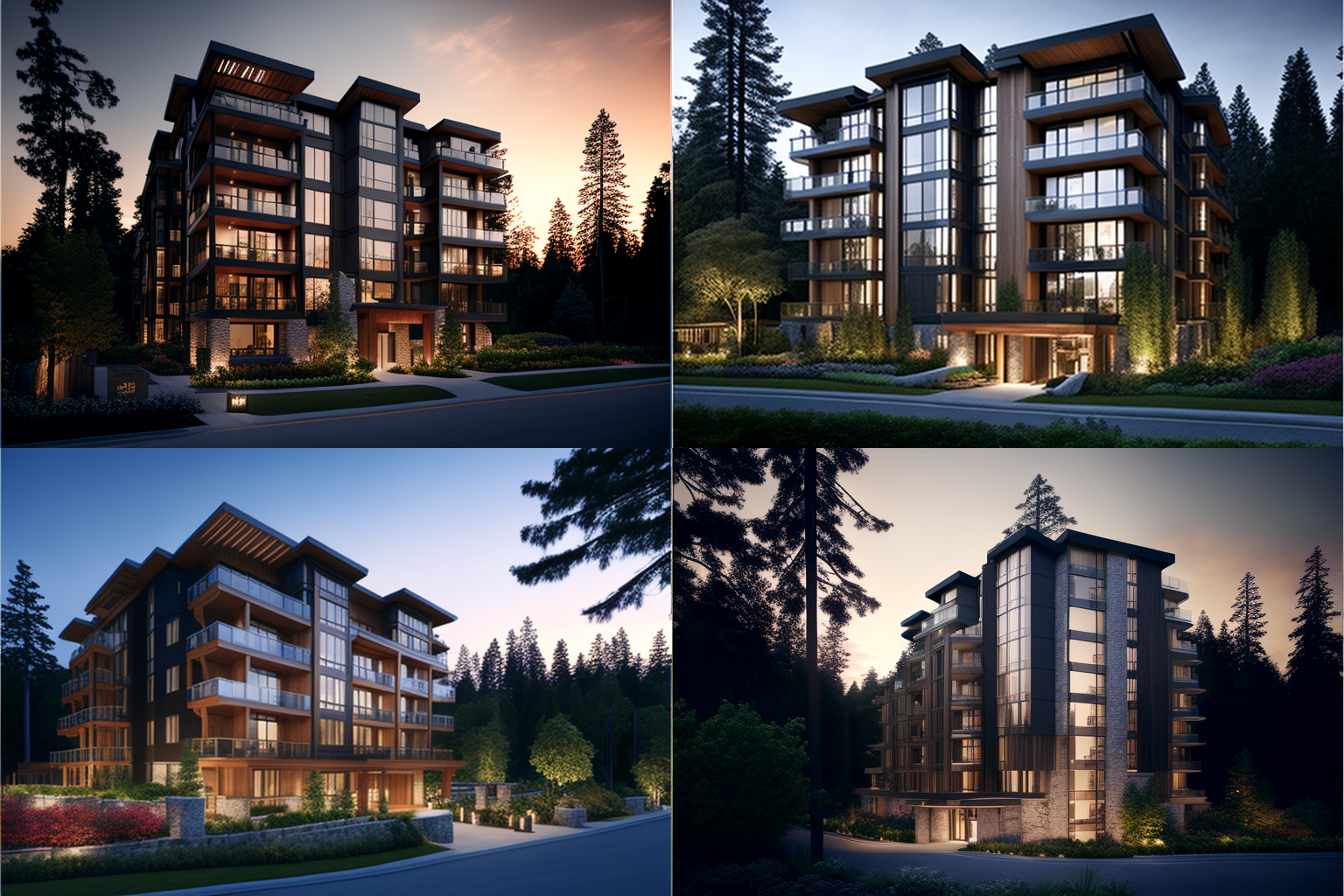
The rise of artificial intelligence (AI) has opened up a world of possibilities for the field of architectural design also. No longer is designing buildings and cities a labor-intensive process – AI-driven architecture programs have enabled us to automate many aspects of building design, from generating 3D models to optimizing structural integrity. Automated city development tools also allow planners and developers to create virtual simulations that can be used as blueprints for actual cities.

Artificial intelligence (AI) has fundamentally changed the way we create and interact with digital images. AI-powered 3D visualization is making it easier than ever before to generate photorealistic visuals of a space quickly and accurately. This technology can be used in many different industries, from interior design to film production, and offers numerous advantages over traditional methods such as lower costs, greater accuracy, faster turnaround times, and more realistic results. In this blog post, we see some examples how AI-driven 3D visualization is transforming our ability to create digital imagery while examining the potential benefits for various industries that utilize these technologies

